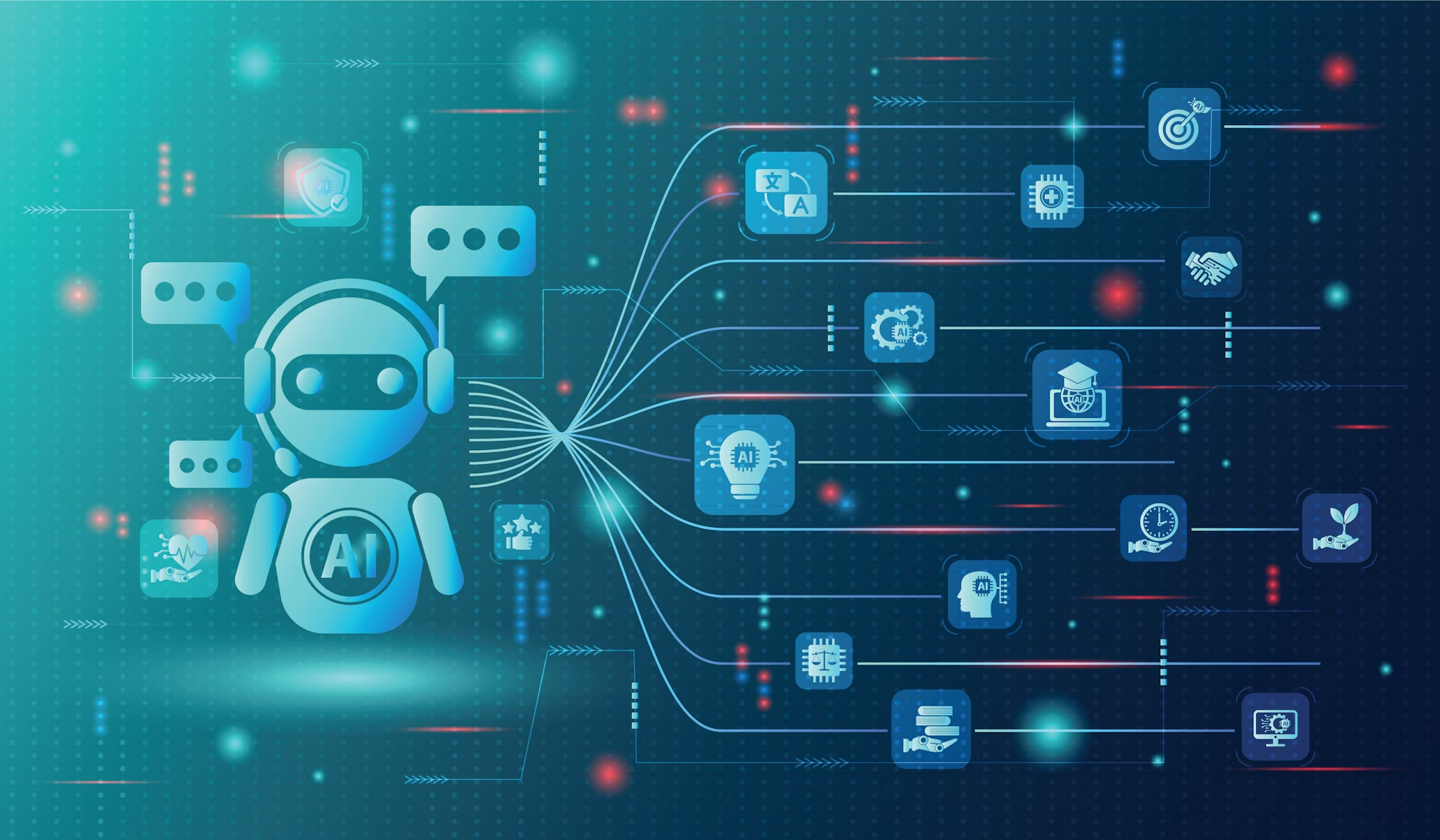Warning: This is a long post. If you’re feeling like “I ain’t reading all that” you can skip to the final section, which sums things up pretty well, and contains my most pertinent points and arguments.
Urban Evolution
Since first encountering it in Star Wars, I’ve been fascinated by the hypothetical concept of a planetwide city. The fancy term for it is Ecumenopolis, which is derived from Greek and translates to “world city”. It seems a simple idea, but a planet entirely composed of a single city, well that’s just wild to me. Imagine Earth, except all of it is just New York. Everywhere is New York. Everywhere. Imagine the infrastructure, logistics, public transportation, rodent control measures, and technology it would take to run a planetwide rendition of New York City, or any other metropolis. You’d need some serious ingenuity to pull it off, the kind usually confined to science fiction universes like Star Wars, which features an Ecumenopolis named Coruscant. As capital of both the Galactic Republic and subsequent Galactic Empire, it boasts some pretty cool tech that keeps it running smoothly. Things like:
- Holographic communication arrays.
- State-of-the-art environmental control systems.
- Sustainable clean energy from fusion reactors.
- Anti-gravity technology facilitating transportation.
- Architectural marvels shaping the skyline.
- Subterranean navigation systems for efficient travel.
- Immersive virtual/augmented reality entertainment.
- Automated waste management.
- Artificially intelligent droids handling security, surveillance, healthcare, and transportation.
When I think of a smart city, I think of Coruscant, albeit without the Jedi Temples, alien species, bounty hunters, airspeeders, and covert Sith Lords. In reality, while Star Wars level tech remains a distant dream, using digital tools to improve the sustainability of cities is anything but. Innovative organizations worldwide, Microsoft among them, are focused on that very thing. The company’s recently launched platform, Microsoft Cloud for Sustainability (MCS), shows promise as a system by which cities, specifically “smart cities”, can better manage, track, and analyze their environmental impact.
The Smart City
In our present digital age, with its smartphones, smartwatches, smart cars, and smart wallets, it’s the smart city that truly outshines them all. Smart cities use technology to improve the efficiency, sustainability, and livability of an urban area. While there’s some debate about what strictly constitutes a “smart” city, there’s no argument about how important their development is in building a sustainable future.1 Given the profound impact humanity is having on Earth’s climate, anything done to reduce the environmental impact of cities — the epicenters of modern civilization — is quite literally the Lord’s work.23
To safeguard the planet’s future, cities must adopt strategies to minimize their climate impact. Smart cities, with their tech-driven approach to improving urban life, are poised to play a significant role in global sustainability efforts. However, effectively managing and monitoring a smart city’s assets can prove complex, especially in sprawling metropolises where resource management and carbon accounting pose intricate challenges.4 Smart cities often incorporate IoT devices, monitoring tools, and infrastructure solutions from various providers. This diversity can complicate the task of comprehensively assessing the city’s sustainability performance, particularly in relation to carbon emission and energy efficiency objectives.
Microsoft Cloud for Sustainability
Within large organizations, it can be difficult to harmonize data for analysis from different internal sources. The silos inherent to these organizations often result in redundant work and missed opportunities. Additionally, the varying formats, structures, and volumes of data make standardization tricky without some serious effort. There’s an entire industry of tools designed to address such challenges, commonly known as ETL (extract, transform, load) solutions. However, they don’t provide a singular focus on uniting an organization’s data for sustainability analysis, optimization, governance, and reporting. That’s where Microsoft Cloud for Sustainability (MCS) enters the picture.
By working to meet their own sustainability goals, Microsoft came to understand, rather intimately, the need for better tools empowering organizations to track, manage, monitor, and report progress on environmental pledges.5 In 2022, they debuted MCS and began working with customers to demonstrate its value through real-world applications. If you’re interested, you can read through some of MCS’s customer success stories here. However, what you won’t find among them (at least, as of my writing this article) are examples of its use as a digital ecosystem for sustainability in smart cities. I’d like to examine how it could be effectively utilized in that very role, but first, we’ve got to define what a “digital ecosystem” is.
Digital Ecosystems
A digital ecosystem is a network of connected technologies, platforms, and services that interact with each other to create value for a consumer, business, or organization.6 A prominent example would be Apple’s suite of products. The iPhone, iPad, Apple Watch, AirPods, HomePod, Apple TV, and MacBook are all a part of their digital ecosystem of products. These devices, while distinct, adhere to the same software standards, allowing them to interact with each other seamlessly (most of the time). This not only enhances the consumer experience but also fosters cross-platform innovations. Whenever Apple debuts a new product (like the $3500 Vision Pro), they ensure it fits snugly within their digital ecosystem. While that may seem easy for them to do, given their ownership of all the products within it, they deserve some serious credit for doing it so well.
You might be surprised at how many companies struggle not only to establish, but sustain a cohesive digital ecosystem for their products. Google, for all its vaunted success, occasionally debuts products that struggle to fit within their well-established ecosystem. Quite often, instead of focusing on improving integration, they opt for killing the product outright. There’s an entire website dedicated to the phenomenon, called Killed by Google. They’ve made strides in recent years, notably with their Pixel phones, but it underscores the fact that establishing a well-integrated digital ecosystem is a substantial undertaking, even for products owned by the same company.
Data Harmony
So what happens when your digital ecosystem needs to contain resources from different manufacturers? From the viewpoint of a smart city, the resources utilized within their boundaries likely produce varying data outputs, possess distinct features, come with separate management portals, and so on. When it’s time to report on the city’s sustainability, perhaps concerning a climate pledge, or legal directive, consolidating data from across those “smart” resources can be challenging. This is where a digital ecosystem can deliver value, especially one that standardizes data from a variety of sources into a single, easy-to-manage, accessible format. That’s exactly what Microsoft aims to do with their Common Data Model. It functions as a shared data language for diverse systems, aiming to eliminate silos, enhance integration, and facilitate advanced analysis. Its inclusion of domain-specific schemas from both Microsoft and their third-party partners is a highlight, given that one-size-fits-all models seldom serve well in any reasonably complex system.
Under the Common Data Model, Microsoft Cloud for Sustainability (MCS) is one such domain with its own custom schema. As a Platform as a Service (PaaS) solution, MCS encompasses a suite of Microsoft’s digital offerings, including components from Azure, 365, and Power Platform. Its integration capabilities could prove particularly valuable for smart cities, where the sheer volume and variety of data-generating devices can be overwhelming.7 Microsoft highlights the product’s extensibility, powered by their “global ecosystem of partners”, as a foundation from which customers can build comprehensive cloud-based sustainability solutions.8 For smart cities striving to optimize resource utilization, the capabilities provided by MCS could prove instrumental. By bringing together data from a variety of sources, MCS can help cities “connect the dots” on the outputs generated from their devices. With data standardized in a shared digital environment, cities can focus on analysis for initiatives that optimize resource management, reduce carbon emissions, and enhance urban planning. As smart cities continue to grow, the need for digital platforms to manage their resources will become increasingly critical.
The Research Imperative
Microsoft’s track record in developing enterprise software solutions makes MCS a compelling choice for smart cities. However, further research is needed to see how it stacks up against potential competitors. Salesforce has a platform called Net Zero Cloud, which they describe as “a sustainability management tool that leverages automation for carbon accounting and emissions analysis”.9 They tout the platform’s analytics capabilities as its key strength, pointing to its potential as a single source of truth for environmental data. Another solution is IBM’s Environmental Intelligence Suite, a Software as a Service (SaaS) tool providing climate analytics and monitoring services. IBM emphasizes the accuracy of its weather and geospatial data APIs, calling them “the most accurate in the industry”, and noting their potential to “help organizations make better decisions about how to manage their climate change risks”.10 These products, while similar to Microsoft Cloud for Sustainability, offer distinct features that warrant thorough exploration to determine their viability as digital ecosystems for smart cities.
Regardless of platform, adopting a digital ecosystem allows smart cities to implement centralized approaches to sustainability, which can help improve resource management and reduce environmental impact. Furthermore, exploring these research questions would advance our understanding of how digital technology can foster sustainable urban development in smart cities.
- How can the use of digital technology in smart cities be made more equitable and inclusive?11
- What Software as a Service (SaaS) and Platform as a Service (PaaS) offerings are best suited for building urban sustainability-focused digital ecosystems?
- How can a centralized, cloud-based, digital ecosystem be developed and implemented in smart cities to effectively manage and optimize their sustainability?12
- What are the key features and components required in a centralized digital platform for monitoring, analyzing, and reporting on sustainability initiatives in smart cities?
- What role can Generative AI play in enhancing urban planning processes and supporting sustainable urban development?
- How do the water and energy costs of training AI models on massive datasets compare to the environmental benefits of AI-powered urban sustainability solutions?13
- What are the metrics for evaluating the effectiveness and efficiency of a digital ecosystem for urban sustainability, with a focus on how its use is improving a city’s environmental impact?14
A Call For Urgency
It can be easy to talk about environmental issues in a blasé sort of way. We hear about them all the time, their importance being stressed in commercials, on billboards, by celebrities, athletes, news outlets, and influencers across social media. Undoubtedly, awareness is at an all-time high regarding humanity’s impact on the Earth’s climate, but awareness does not equate to urgency. While sensible governments and individuals worldwide acknowledge climate change, I’m personally left wondering, do we truly grasp the immediacy of our situation? It’s no longer one of those I’ll get to it later sort of problems. It hasn’t been for years. We’ve got to get to it now. Like, right now.
This is where, in my view, cities come into play as the unquestionable centers of modern society. Urban areas, with their rapid growth in size and resource usage, are the world’s most significant contributors to climate change. They represent two-thirds of global energy consumption and account for more than 70% of greenhouse gas emissions.15 With more than half of the world’s population now residing in cities, there’s no doubt that they’re the principal focus for sustainability initiatives.16 Smart cities, powered by a mix of physical and digital technologies, show promise in addressing the outsized impact of urbanization on the environment. With governments worldwide prioritizing sustainability, the role of smart cities is only poised to grow. To realize their environmental ambitions, these cities will need tools to effectively manage their resources.
While smart cities have been the subject of much research, the potential role of digital ecosystems like MCS within them has not. These ecosystems can help cities reduce greenhouse gas emissions, improve energy efficiency, and manage waste more effectively. They’d do so by consolidating sustainability data, management, analysis, and reporting in a single centralized platform. However, their real-world effectiveness is presently underexplored. I’d very much like to see that change, and believe a promising first step would be the adoption of Microsoft Cloud for Sustainability in at least one smart city. Until it gets some serious use in an urban environment, we won’t know if it’s fit for the job. Moreover, any platform defects identified through research and implementation are likely to be addressed by Microsoft. It’s a relatively new product, launched in 2022, and the company is heavily invested in expanding its features and championing its virtues.
Ultimately, sustainability, especially in urban settings, is a priority for innovative problem solvers worldwide. While my current role as a software engineer doesn’t revolve around climate change, I love this planet and want to see it healthy and prosperous. To that end, I’m excited about the growing field of Sustainable Software Engineering, which emphasizes energy-efficient and environmentally friendly software design, implementation, and deployment strategies. There’s a great course from Microsoft on the topic that I completed and really enjoyed. It puts into perspective the critical role software engineers have in building a sustainable future. But regardless of how you might spend your days, there’s plenty you can do to help the cause. Raising awareness is great, but don’t just talk about it, be about it.
References
-
Ramaprasad, A., Sánchez-Ortiz, A. and Syn, T. (2017) “A Unified Definition of a Smart City,” in Lecture Notes in Computer Science. Cham: Springer International Publishing, pp. 13–24. ↩
-
Piracha, A. and Chaudhary, M.T. (2022) “Urban Air Pollution, Urban Heat Island and Human Health: A Review of the Literature” ↩
-
United Nations World Urbanization Prospects: The 2018 Revision. United Nations Publications. ↩
-
Singh, T., Solanki, A., Sharma, S.K., Nayyar, A. and Paul, A. (2022) “A Decade Review on Smart Cities: Paradigms, Challenges and Opportunities,” IEEE Access, 10(1), pp. 68319–68364 ↩
-
Talin, B. (2020) “What is a digital ecosystem? – Understanding the most profitable business model,” MoreThanDigital ↩
-
Alam, T., Tajammul, M. and Gupta, R. (2022) “Towards the Sustainable Development of Smart Cities Through Cloud Computing,” in AI and IoT for Smart City Applications. Singapore: Springer Nature Singapore, pp. 199–222 ↩
-
Microsoft (2023) What is Microsoft Cloud for Sustainability?, Microsoft Learn. Microsoft. ↩
-
Lee, J., Babcock, J., Pham, T.S., Bui, T.H. and Kang, M. (2022) “Smart city as a social transition towards inclusive development through technology: a tale of four smart cities” International Journal of Urban Sciences ↩
-
Hämäläinen, M. (2019) A Framework for a Smart City Design: Digital Transformation in the Helsinki Smart City. Cham: Springer International Publishing ↩
-
Saenko, K. (2023) Is generative AI bad for the environment? A computer scientist explains the carbon footprint of ChatGPT and its cousins, The Conversation. ↩
-
Wendling, L.A., Huovila, A., zu Castell-Rüdenhausen, M., Hukkalainen, M. and Airaksinen, M. (2018) “Benchmarking Nature-Based Solution and Smart City Assessment Schemes Against the Sustainable Development Goal Indicator Framework”, Frontiers in Environmental Science ↩
-
IEA (2021), Empowering Cities for a Net Zero Future, IEA, Paris ↩
-
Hannah Ritchie and Max Roser (2018) - “Urbanization”. Published online at OurWorldInData.org ↩





